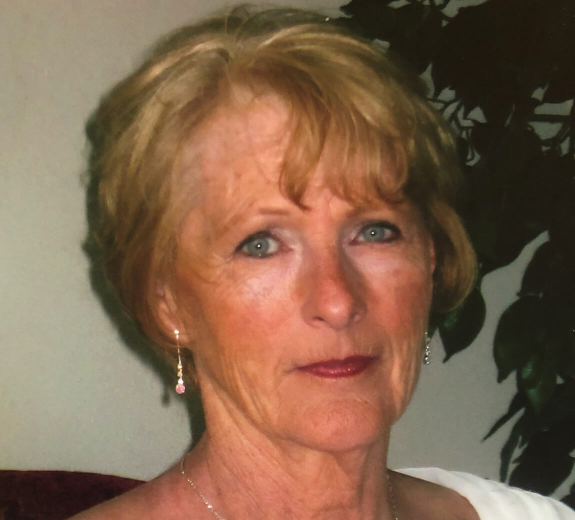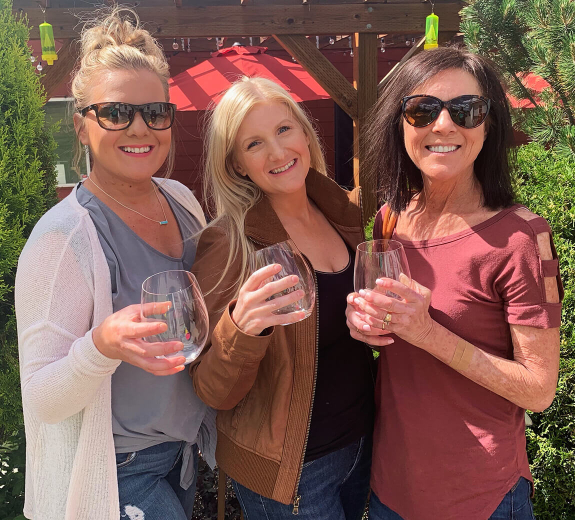Still, lupus has had a big impact on Cori’s life. She knew she would need a career that would allow her to take time off if her disease flared. She’s now a hairstylist and says her clients are understanding that she may have to reschedule appointments if she’s not feeling well.
Cori also married her high school sweetheart, Aaron Broberg, who has been by her side since she was diagnosed. She faced her worst lupus flares as they were starting a family.
“I got very sick and was hospitalized both times I was pregnant,” Cori says. “I’m so thankful to have two healthy kids. But if I hadn't had so many complications, we would have loved to have more.”
Hope for the Next Generation
Dr. Carlin recently retired from medical practice, but his fight against lupus isn’t over. He’s now a part-time researcher at BRI, chipping away at some of lupus’s biggest mysteries.
“Being a rheumatologist is like being Sherlock Holmes,” Dr. Carlin says. “You have to put all the pieces together to solve a mystery and it's never easy. You’d think the same treatment would work for Cori and Ronda, a mother and daughter whose disease manifests in similar ways — but the treatment that works for Cori doesn’t work for Ronda.”
Though studies are currently on hold because of COVID-19, Dr. Carlin will help lead BRI’s lupus biorepository, where patients donate blood samples and BRI’s team uses these samples to learn more about the disease. He’s involved in clinical trials, testing new therapies for lupus, including two medicines commonly used for rheumatoid arthritis (RA).
“In the 1980s, half of my patients were on disability — decades later, I’ve had RA patients run marathons,” Dr. Carlin says. “But that’s not the case for everyone. I want every patient to have good options. We’ve come so far, but we’re not there yet. ”
Throughout their lives, Cori and Ronda have seen first-hand how research can improve treatments for this mysterious disease. And it gives them hope for the next generation.
“My diagnosis was really scary after seeing everything my mom went through, but my experience has been different and better in many ways,” Cori says. “And even in my 17 years of having lupus, they’ve made great progress. It’s so encouraging to see how people are studying options and learning more about how these diseases work. It gives me hope for a better future.”





